|
Written by David Mackie Scouller at Dynamic Mastering Services
I had a client recently that was struggling to get the kick drum to punch through a dense mix. I gave some quick advice in an email which I thought I'd share here.
When mixing a kick drum into a piece of music it’s not just a case of having enough top end on the kick drum to make it cut through the mid range of the mix it’s best to make space for it in the mix by having less sounds playing at the same time as the kick drum. Another way to make space for the kick drum is by reducing the frequencies in other instruments that clash with the same frequencies that the kick drum occupies especially in the bass and sub bass area of a mix if you want a nice thump to cut through. Giving The Kick Drum Some Space
The first opportunity you have to give the kick drum some space is in the composition and arrangement of your track. Don't have too many other sounds hitting or playing at the same time as the kick drum. Where it would be usual to have sounds hitting directly on the beat you could delay some sounds by several milliseconds before they would sound out of time with the music. This can give a little space for the transient of the kick. Some groove templates may do this for you automatically.
Manipulating Room For The Kick Drum Using A Parametric Equaliser
To manipulate some room for the kick drum you can use a Parametric EQ to carve out frequencies from other sounds especially the bass track. Firstly you need to find the frequencies that the kick drum mainly occupies. This can be done in several ways:
Parametric Equalisation can be used by applying an EQ boost (around a few dB with a narrow Q) to the kick drum and sweeping up and down the 30Hz - 200Hz frequency range.
Down in the sub bass area you should hear the fundamental frequency of the kick drum boosted. In the bass area you will hear the first overtone boosted. So for example if we have a kick drum with a 50Hz fundamental then the first overtone will be 100Hz.
Alternatively you could create a notch with your EQ and sweep up and down listening for the main frequency content of the kick drum to reduce in gain.
Spectral Analyser is a visual tool which is useful in less than ideal mixing environments with poor room acoustics. This can be used with the technique above.
Guitar Tuning VST or something similar can be used to find the fundamental of a kick drum especially on long sine wave style kick drums such as the classic TR-808 kick drum. The first overtone can be worked out from the fundamental by multiplying the frequency by 2. For example if the fundamental is 50Hz x 2 = 100Hz which is the first overtone. Download the GTune VST it's free!
Using the above techniques you should now have found two frequencies that can be cut from your bass track using a Parametric EQ for example 50Hz and 100Hz. Applying a 2dB cut with a fairly narrow Q on these two frequencies in your bass track will make a little extra space for the kick drum.
Now you know how to find the fundamental of your kick drum you can tune it to your track which is especially useful in electronic music with long sine wave kick drums that have a discernible tone or you could tune the kick drum not to occupy the same frequencies as the notes of the bass track.
Manipulating Room For The Kick Drum Using Compression
Side-chain compression can be used to duck sounds when the kick drum plays and can sound quite natural with a couple of dB of gain reduction. Set up the Compressor on your bass track and feed the side-chain from your kick drum track. Every time the kick drum plays the amplitude of the bass track will be reduced by an amount determined by the compression ratio and threshold level setting.
A fast attack on the Compressor and fast release are usually good settings to start with. If you really want to hear what is happening pull down the threshold to exaggerate the compression until you get around 6dB gain reduction and listen for the ducking on the bass. Adjust the attack and release to suit then back off the threshold to bring the compression gain reduction down to a couple of dB or to a point where you get something that sounds natural.
All of these techniques can be used on other instruments to make space for the kick drum in your mix not just the bass track.
Don’t over think things though just keep on with making the music! Audio Mixing: Quick Tips For Mixing Kick Drums
2 Comments
emmanuel
1/3/2022 10:32:12 am
this tips helpd me am very happy
Reply
1/3/2022 06:40:02 pm
Thank you for your comment Emmanuel. I'm really pleased the tips helped you!
Reply
Leave a Reply. |
AuthorDavid Mackie Scouller. Mastering Engineer at Dynamic Mastering Services. Archives
November 2018
Categories
All
|
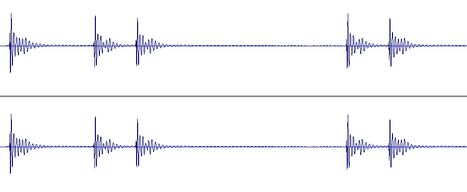
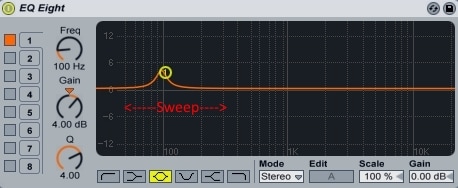
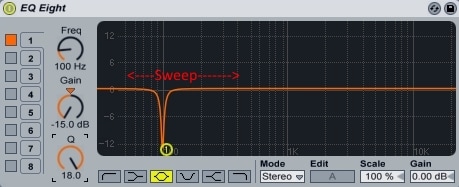

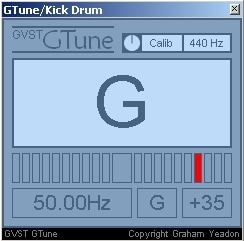
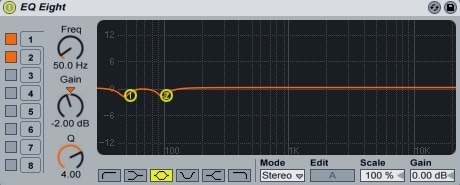
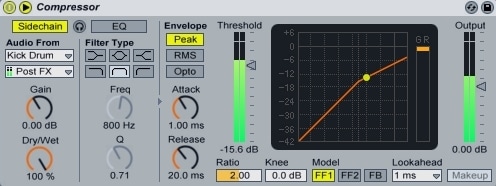
 RSS Feed
RSS Feed
